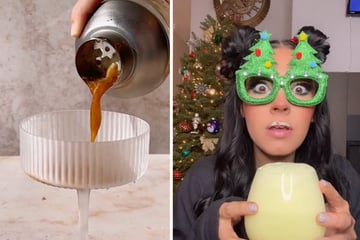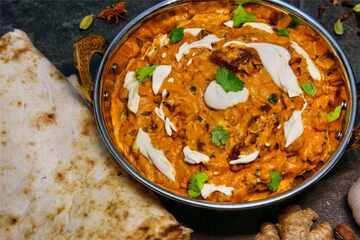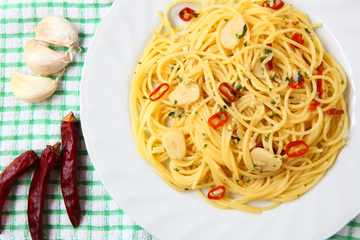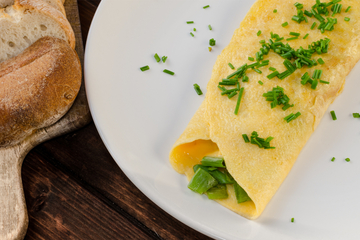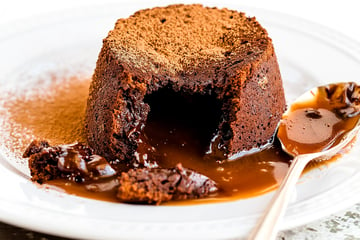How to make homemade hummus: Recipe
Hummus is a never-ending joy, the perfect thing to put in a delicious sandwich and absolutely fantastic with zucchini or eggplant. How do you make hummus, though, and what makes the perfect hummus recipe?
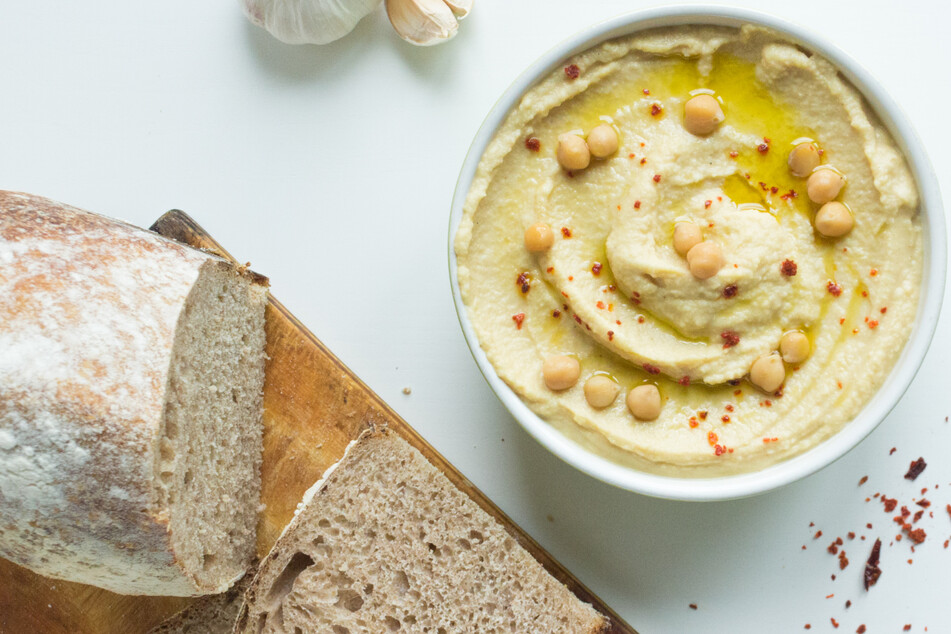
Have you been hankering for some hummus, yearning for a good pita bread with some grilled Mediterranean vegetables and some fantastic shaved meats?
Well, what if we told you that you didn't need to go to the supermarket and buy yourself a small and sweet premade hummus?
What if we told you that it was easy to make yourself?
Hummus has very few ingredients and is a food absolutely guaranteed to impress if you choose to make it yourself. Our recipe will take you through what you'll need and how to make hummus.
How to make hummus from scratch at home: Recipe
Hummus is one of the easiest and most straightforward things to make at home, yet is often overlooked in favor of sweet and far less flavorful premade versions that you can get from the supermarket. It's a real shame, to be honest, because hummus can be so much more than that, and isn't even that hard to make!
You will need the following equipment before you begin:
- Large bowl
- Powerful and high-volume blender or food processor
- Wooden spoon
- Lemon juicer
- Large pot
- Kitchen towel
- Sieve or slotted spoon
While you don't need much to make hummus, you do need to make sure that you have a food processor that's up for the job. If you don't, it will be very hard to get the right consistency.
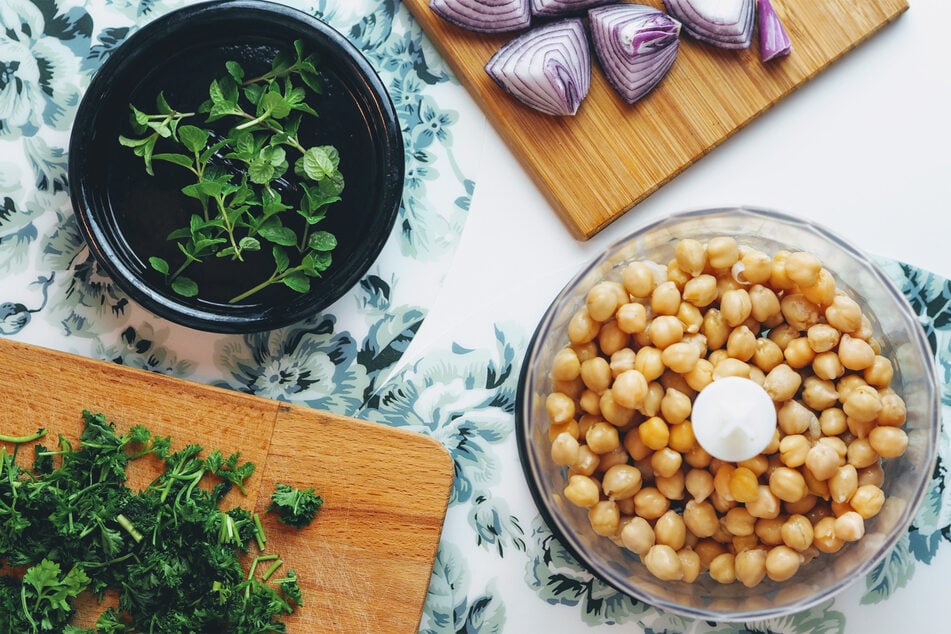
Homemade hummus recipe | Ingredients
There are not many ingredients required to make a good hummus, and all of them can generally be found and picked up at any local supermarket for barely a dollar. That being said, while they are pretty simple ingredients, the flavor is in the quality. Try to get what you can realistically afford, however.
Here are the ingredients you need to make homemade hummus:
- Dried chickpeas (canned is okay, but dried or fresh is better), 15–20 ounces
- 3 cloves garlic
- Tahini, 2 tablespoons
- Cumin, 1 tbsp
- Extra virgin olive oil, 2 tbsp
- Sugar, 1 teaspoon
- Juice of one large lemon
- Salt
- Baking powder
On the proportions: This homemade hummus recipe will make enough to feed about 4–5 people when it is used as a dip or something similar during, say, a dinner party. If you want to make it for more or less people, adjust the quantities proportionally.
Homemade hummus recipe | Instructions
Before we begin, we want to address the elephant in the room – dried, fresh, or canned chickpeas? The answer to this is a little complicated, but clearly canned would be dead last in any ranking and fresh would always be first. This then draws into questioning why we chose dried chickpeas for this recipe.
In the end, you want ease of use and intensity of flavor. It is very difficult to find adequately fresh chickpeas unless you live in a country that produces them en masse like India or Turkey. With canned chickpeas being less than ideal, dried chickpeas are your best bet in terms of both ease and flavor.
Here's how to make homemade hummus
Step 1: Take your package of dried chickpeas and put them in your bowl. Pour water into the bowl and rinse them several times. Now, fully submerge the chickpeas in the water, cover them with your kitchen towel, and let them soak for at least 24 hours.
Hot tip: Check back on your soaking chickpeas every now and again. They will grow significantly in size and you want them to soak up as much water as possible. As such, refill the water if it seems to be getting low.
Step 2: Once your chickpeas have soaked for 24 hours, rinse them again and put them in a pot full of already-boiling water that has been seasoned with salt and baking powder.
Step 3: Bring the water down to a simmer and give it a stir. Boil the chickpeas for at least an hour, stirring occasionally to stop any from sticking to the bottom.
Step 4: You should notice that the baking powder agitates the chickpeas and causes their skins to separate and rise to the top of the water. Using a sieve or slotted spoon, scoop out and discard as many of the skins as you can.
Step 5: Once the chickpeas have been boiled for an hour and are reasonably soft – but not mushy! – drain out the water and allow them to cool down to room temperature.
Step 6: Into your food processor, add your chickpeas, tahini, garlic cloves, cumin, a dash of that olive oil, lemon juice, sugar, and salt.
Step 7: Blend on low for around 5 minutes, periodically stopping and using a rubber spatula to separate anything that clings to the side of the food processor.
Step 8: You are looking for a smooth and creamy texture which you will only get by blending on a low or medium setting for a long time, allowing all the flavors to mix together.
Step 9: Season to taste, making adjustments where needed.
Step 10: Serve in a bowl with a drizzle of olive oil over the top and, if you're feeling game, some confit garlic.
As you can see, making your own hummus is neither hard nor complicated. There is a bit of waiting involved, of course, but other than that the process is very easy and absolutely delicious!
What is hummus?
Hummus is a dip generally found in the Middle East and south-west Asia, primarily made of chickpeas and, notably, tahini or garlic. It is a historically significant dish with many attributing its origins to 13th-century Aleppo and the country of Syria.
As New Lines Magazine discovered, the earliest known mention of hummus is in a Middle Eastern cookbook from Aleppo during this time. Many of the original documents as well as the folk tales and histories of that time were lost during the Mongol invasions, particularly during the destruction of Baghdad in modern-day Iraq as that area held many of the records from that time.
With this in mind, while many attribute hummus to Syria and Aleppo, it is just as possible that older documents would have shone a light on a history longer than what's currently known. It could be that, for example, hummus originated from nearby cities or countries like Istanbul in Turkey, Beirut in Lebanon, or even Jerusalem.
While there's no definitive answer to the question of hummus' origins, we can definitely say that its known history is long, fascinating, and certainly something worth looking into if you have the time.
How long does hummus last?

Once you have finished making your hummus, you can generally store it in the fridge for about 6 - 7 days before it will spoil. Make sure that you keep it in an airtight container and that there are no contaminants in it. If you have used it for dipping, carefully wipe off any crumbs or bits of food that may have gotten into the hummus to make sure that it lasts for plenty of time.
If you take the hummus out of the fridge, it should be consumed within two hours. Once you've got past that two-hour mark, you run the risk of the hummus going bad and becoming dangerous to eat. You don't want to find yourself in a situation where you get food poisoning, so be careful and exercise common sense.
What to eat with hummus
There are so many delicious options for things that you can eat with hummus that it seems nearly impossible to list them all. From different kinds of bread to simple chopped raw vegetables to other dishes and interesting combinations or alternative hummus types, it is one of the most healthy, versatile, and delicious foods out there.
We'd greatly recommend mixing together some roasted Mediterranean vegetables or making a tasty homemade naan bread to impress your friends. Meats also go quite well with hummus, especially lamb, and herbs like mint and parsley can really elevate a hummus-based meal as well.
Here are our top recommendations for the best foods to eat with hummus:
- Flatbreads such as pita, naan bread, and tortilla
- Raw vegetables, particularly chopped carrot, celery, cucumber, and bell pepper
- Roast cauliflower or broccoli
- Other classic autumnal roasted veggies like potato, pumpkin, and parsnip
- Chips, pretzels, and other salty snack foods
- Put it in a sandwich
- Different cheeses, particularly cheddar, brie, and similar
- Avocados
- Nuts
- Fruits like apples, pears, and strawberries
Basically, just combine whatever you enjoy and don't pay attention to what the naysayers (nay)say! Homemade hummus is your creation, and you can eat whatever you want with it.
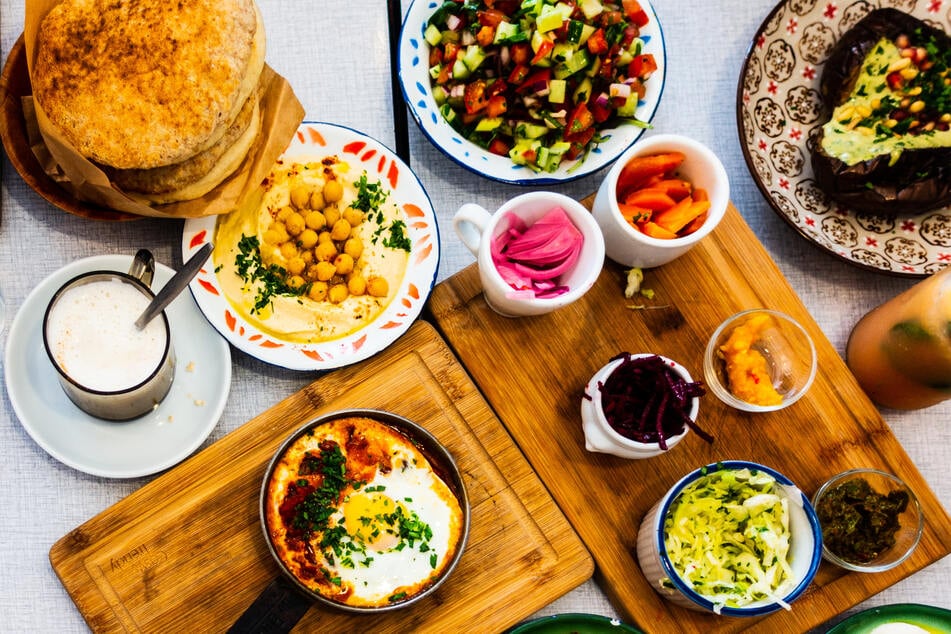
Homemade hummus is insanely versatile
Pair it with some eggplant, cauliflower, chili oil, or whatever you want. Homemade hummus is delicious, lasts for ages, and can be a great snack to bring with you to work or school – maybe with some chopped-up carrot or celery sticks! It's delicious, remarkably healthy, and incredibly fun to boot.
So try out homemade hummus! It won't take you very long and it certainly won't break the bank. Get some good quality ingredients, toss 'em in a blender, and you'll have yourself a fabulous and thick hummus to enjoy with your family and friends.
Cover photo: Unsplash/Nicholas Barbaros
